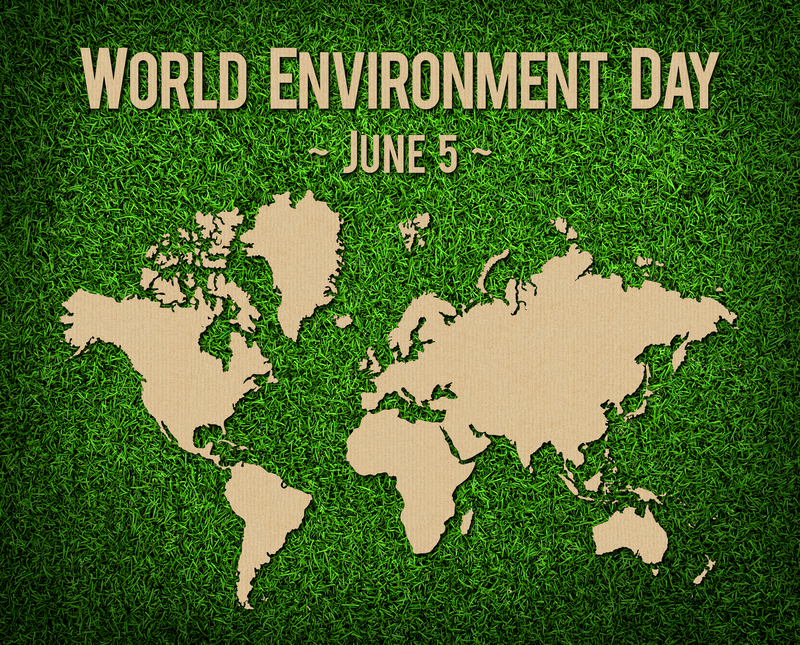The Impact of Urban Green Spaces on Environmental Sustainability in Developing Countries
Posted on 16/09/2024
Urbanization is a rapidly growing trend across the globe, with more and more people moving from rural areas to cities in search of better opportunities. While this has led to economic growth and development, it has also brought about significant environmental challenges, especially in developing countries. As cities expand and become more densely populated, the need for green spaces becomes increasingly important. In this article, we will explore the impact of urban green spaces on environmental sustainability in developing countries.
The Importance of Urban Green Spaces
Urban green spaces refer to any area within a city that is covered with vegetation such as parks, gardens, and trees. These spaces play a crucial role in maintaining the balance between urban development and environmental sustainability. They provide a range of benefits that positively impact both the environment and the well-being of urban residents.
One of the primary functions of urban green spaces is to reduce air pollution. Trees and plants act as natural air purifiers by absorbing harmful pollutants such as carbon dioxide, nitrogen oxides, and particulate matter from the atmosphere. This helps to improve air quality and reduce the adverse health effects caused by pollution.
Moreover, urban green spaces also help to regulate temperature in cities, especially during hot summers. The process of transpiration, where plants release moisture into the air, helps to cool down surrounding areas. This can be particularly beneficial in developing countries where extreme heat can pose a threat to human health.

The Role of Green Spaces in Biodiversity Conservation
Urbanization often leads to the loss of natural habitats for wildlife, leading to a decline in biodiversity. However, well-designed green spaces can serve as new habitats for various plant and animal species. By providing food sources and shelter, these areas can help support local biodiversity in urban environments.
In addition, urban green spaces can serve as corridors for wildlife movement, connecting fragmented habitats and allowing for genetic exchange among populations. This is especially crucial in developing countries where urbanization has a significant impact on native species.
The Social and Economic Benefits of Urban Green Spaces
Apart from their environmental benefits, green spaces also have numerous social and economic advantages for urban communities. They provide opportunities for recreational activities such as picnics, sports, and outdoor events, promoting a sense of community and improving the quality of life for city dwellers.
In terms of economic benefits, urban green spaces can increase property values in surrounding areas, making them attractive for investment. They also play a role in reducing energy consumption by providing shade and cooling effects, resulting in lower electricity bills for residents.
Pros and Cons of Urban Green Spaces
Like any other development initiative, there are both pros and cons to the implementation of urban green spaces in developing countries. On the positive side, these areas contribute to environmental sustainability through air pollution reduction, biodiversity conservation, and temperature regulation. They also provide social and economic benefits that enhance the overall well-being of urban communities.
However, some challenges may arise when it comes to maintaining these spaces. Without proper management and maintenance, green spaces can become neglected and attract criminal activities such as drug use or illegal dumping. In addition, there may be conflicting interests between different stakeholders, leading to delays or inadequate funding for green space projects.
Tips for Establishing Urban Green Spaces
To ensure the success of urban green space initiatives in developing countries, careful planning and implementation are necessary. Here are a few tips that can help guide the process:
1. Involve local communities: Engaging with local residents and involving them in the decision-making process can help create a sense of ownership among community members, leading to better care for green spaces.
2. Consider cultural preferences: It is essential to understand the cultural context of a particular area before designing green spaces. Different communities may have different preferences when it comes to the use and design of these areas.
3. Embrace sustainable practices: From the choice of plant species to the methods of waste management, sustainability should be a top priority in urban green space projects. Using native plants and implementing water conservation techniques can help minimize maintenance costs and reduce the environmental impact.

Takeaways
The benefits of urban green spaces in developing countries are numerous and far-reaching. Apart from their significant role in environmental sustainability, they also provide social and economic benefits for communities. However, careful planning, community involvement, and sustainable practices are necessary for their successful implementation.
In Conclusion
Urban green spaces have a vital role to play in promoting environmental sustainability in developing countries. They provide essential ecosystem services, support biodiversity, and contribute to the well-being of urban communities. As cities continue to grow, it is crucial to prioritize the establishment and maintenance of these green spaces for a more sustainable future.












